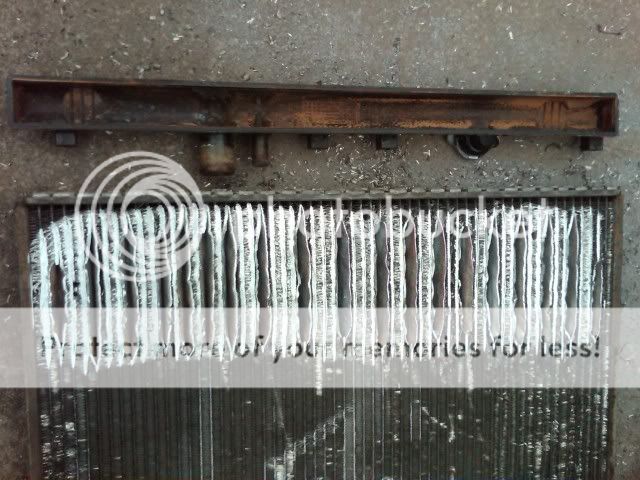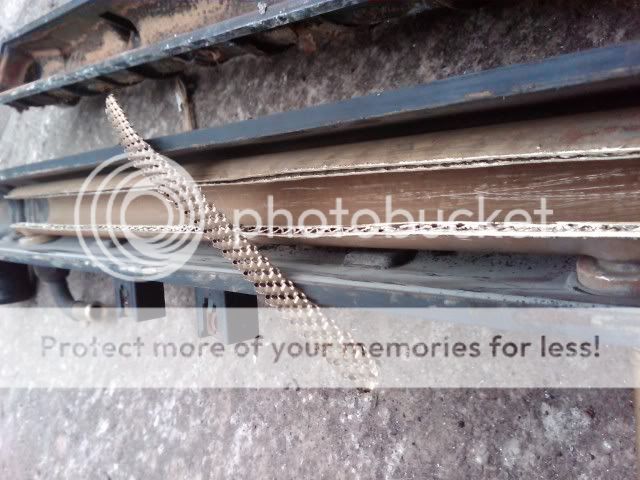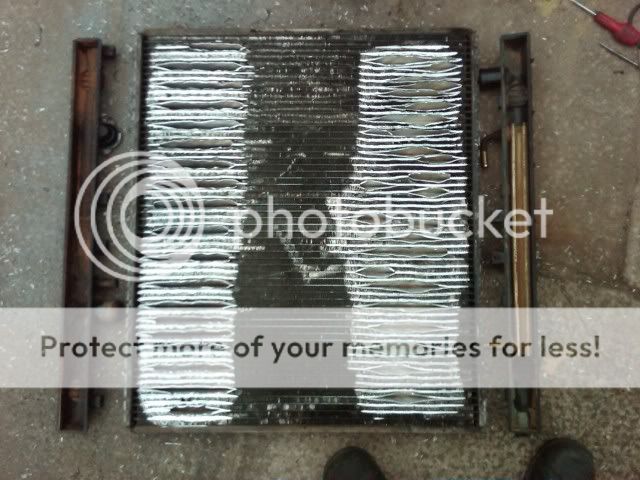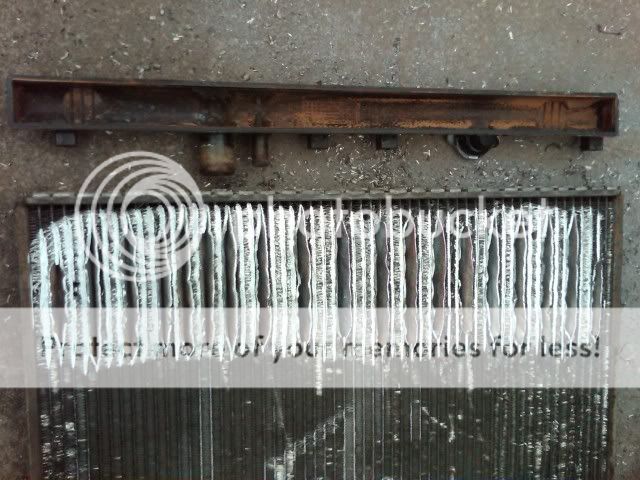The Great Pretender wrote:Why does the rad flow top to bottom as most of the time it isn't doing that? 
Basic physics says, hot water will rise to the top of a body naturally & as the liqued cools & becomes more dense, it sinks under the effect of gravity (Convection, movement of molecules within liqueds & gases). In my life, I have generally found that gravity is a wonderful thing & should be used to at all times to assist in everything we do in our lives.If you try to fight gravity, you end up working inefficiently.
Assuming the stat needs 96c to be fully open to allow the rad full flow, how often do you think a clean coolant system would reach that temp under normal running?
When an engine reaches 96*C, it doesn't mean that the radiator will suddenly go into full flow.
Mazda designed the Bongo to initally drive on the roads of Japan.The Japanese yearly temperature vary from -30*C in winter around Obihiro to +40*C around Tokyo.
The radiator has to be able to tranfer heat to the atmosphere during the high temperatures of summer. The radiators of vehicles that operate in hot climates tend to be larger than those that operate in colder climates because the heat tranfer is slower due to the difference in coolant temperature & the ambient air temperature being less.
The thermostat is designed to keep the engine at the optimum running temperature.When the coolant temperature rises above this, the thermostat opens & allows coolant to pass, at the same time cooler coolant from the radiator gets mixed in the engine by the water pump & begins circulating.This action will lower the engine temp & if it is less than the optimum running temperature, then the thermostat will close & allow now coolant to pass until the engine temperature has risen.
On a cold day in Obihiro the thermostat will spend very little time full open as the coolant returning to the engine could be -30*C (ambient air temp) & very little of this will be required by the water pump to mix in the engine for the operating temperature to fall. On the other hand, a hot day in Tokyo the thermostat will spend longer open, as the coolant returning to the engine will never get less than +40*C & a larger quantity will be required in the mix to achieve the temperature lowering.
You can demonstate this with some hot water in a sink. If you add a pint of water to it that has come from the fridge & then repeat with a pint of water that is at room temperature, which has the greatest cooling effect.... the stuff from the fridge naturally. This then shows us that to maintain a constant engine temperature, the flow through the radiator will be affected, slow flow at cold ambient air temperatures & fast flow at hot air ambient tempertures.
The Great Pretender wrote:widdowson2008 wrote:
Personally, I don't think you are going to get the bottom hose more than luke warm cos if the rads doing its job properly then by the time coolant gets to the bottom, it will (should) have lost most of its heat don't you think?
No, I don't think a rad should do that.
The system needs a return temperature that allows the outlet to be at the ideal working temperature not overcooled.
Temperature is not really relevant to the original question, flow through the rad is.
Would a cross flow rad offer a better long life option?
The radiator is a heat exchanger. It's purpose is to remove heat from the engine coolant to the outside ambient air temperature as efficiently as possible. As stated above,in a cold climate you would get away with a smaller sized radaitor on a Bongo than you would in a hot climate.
The thermostats job is to regulate & maintain the engines optimum operating temperature, by constantly opening & closing, a lot or not alot, depending on the temperature of the coolant as it leaves the radiator & enters the engine via the waterpump.
Flow through the radiator is greatest when the ambient air temperature is at it's highest.
The build up of crude inside an engine to some extent in inevitable over time. This will always settle out of the coolant when it's moving at it's slowest speed. Gravity will always pull the particles to the lowest point & there they will rest & accumulate.
If you had a cross flow radiator, it would still gather sediment in the lowest part as gravity is still acting on the particles. I suppose you could design a catchment pit to collect sediment in the bottom of a radiator or move the outlet pipe up a few inches, but if it takes 15 years for sediment to accumulate, I think the outside of the radiator will require maintenance by then, in regards with loose & clogged fins, corrosion affecting the body etc. & so replacememt or overhaul is required anyhow.
Nigel.














